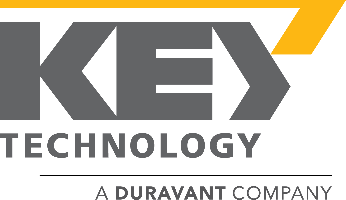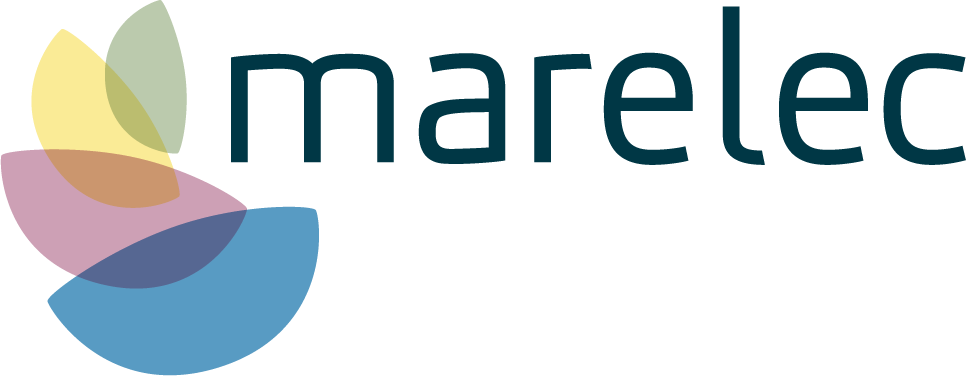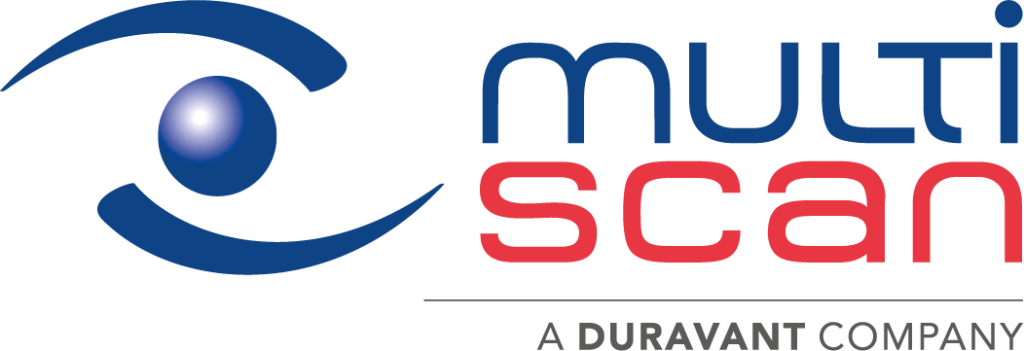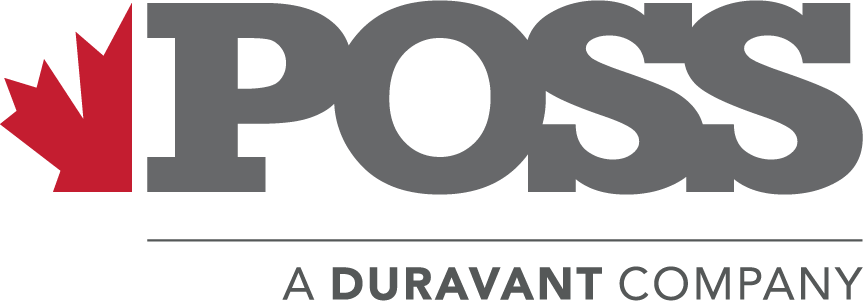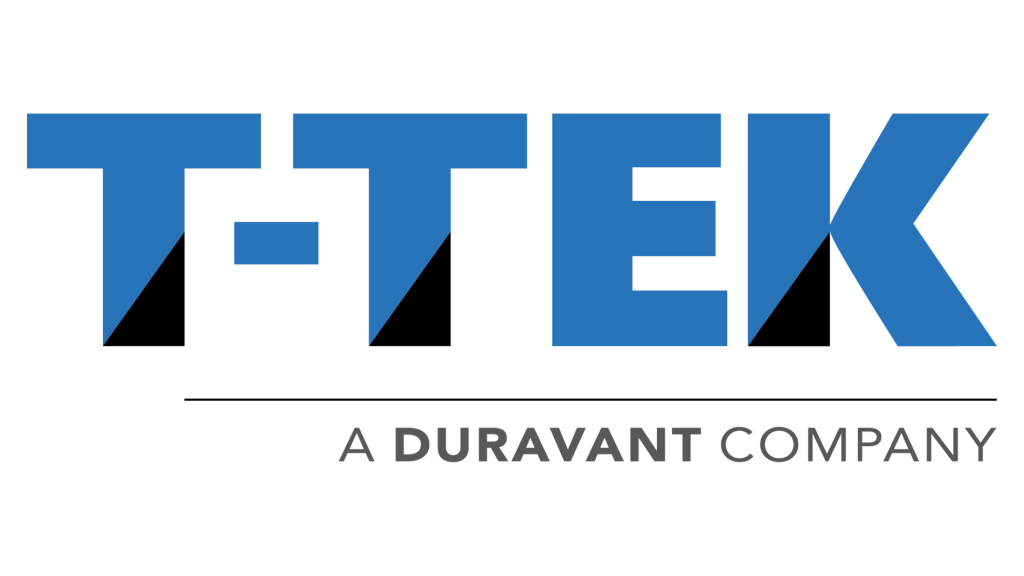The Duravant family of operating companies serve the food processing, packaging and material handling segments.
7 Key Insights for Sourcing the Best Industrial Packaging Solutions Globally
In today's global marketplace, the role of industrial packaging has evolved significantly, becoming a crucial component in the supply chain that enhances product integrity and sustainability. According to a recent report by Smithers Pira, the global industrial packaging market is projected to reach $68 billion by 2024, highlighting the increasing demand for innovative and efficient packaging solutions. As industries seek to minimize waste and improve logistical efficiencies, understanding the nuances of sourcing the right industrial packaging solutions is more important than ever.
Furthermore, with the rise of e-commerce and the emphasis on environmentally-friendly practices, the industrial packaging sector is adapting rapidly to these shifts. A study by MarketsandMarkets emphasizes that the market for sustainable packaging is anticipated to grow at a compound annual growth rate (CAGR) of 5.7% from 2020 to 2025. This trend not only reflects the industrial sector's commitment to reducing its carbon footprint but also signifies the necessity for businesses to align their packaging strategies with regulatory standards and consumer expectations. Hence, it becomes imperative for companies to navigate the complex landscape of industrial packaging to secure the best solutions that not only meet their operational needs but also resonate with broader market trends.
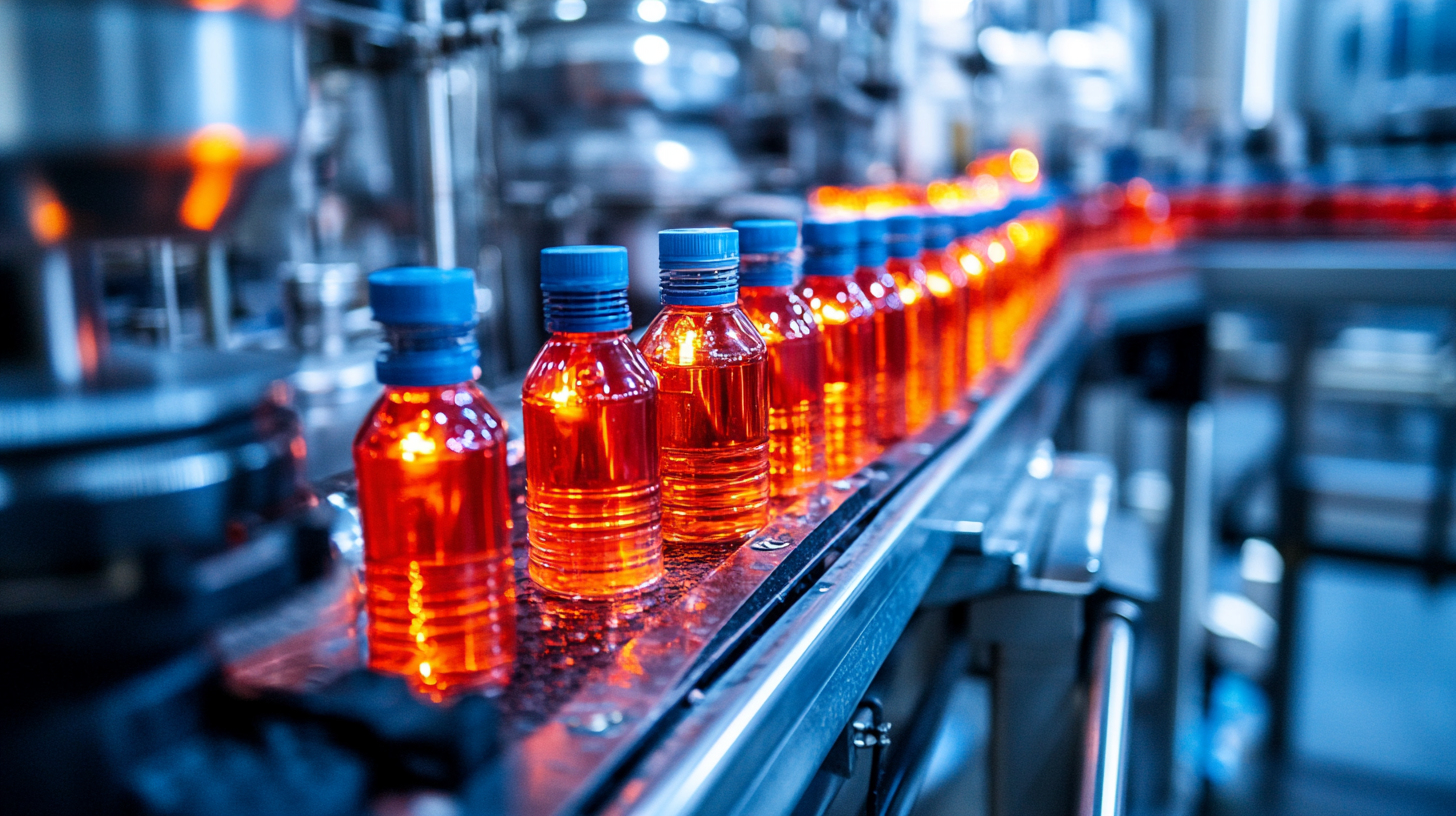
Understanding Global Industrial Packaging Trends and Innovations
In the ever-evolving landscape of industrial packaging, understanding global trends and innovations is pivotal for companies looking to optimize their packaging strategies. Recent data indicates a significant shift towards sustainability, with companies increasingly prioritizing eco-friendly materials and processes. Innovations such as biodegradable packaging, reusable containers, and smart packaging technologies are gaining traction. These advancements not only reduce environmental impact but also cater to the growing consumer demand for sustainable products. Moreover, the rise of e-commerce has fundamentally transformed the packaging industry. Businesses are now focused on designing packaging solutions that enhance the unboxing experience while ensuring product safety during transit. Innovations like cushioned packaging materials and tamper-evident seals are becoming essential components in protecting goods and promoting brand integrity. Furthermore, advancements in automation and AI are streamlining packaging processes, allowing for faster production cycles and reduced operational costs. Global supply chain dynamics also play a crucial role in shaping industrial packaging trends. Companies are increasingly looking to source materials closer to home to mitigate risks related to globalization, such as supply chain disruptions and rising shipping costs. This shift towards localized sourcing not only supports regional economies but also fosters collaboration with local innovators focused on developing sustainable packaging solutions. As these trends continue to develop, staying informed about innovations in the industrial packaging sector is essential for companies aiming to remain competitive in the global market.
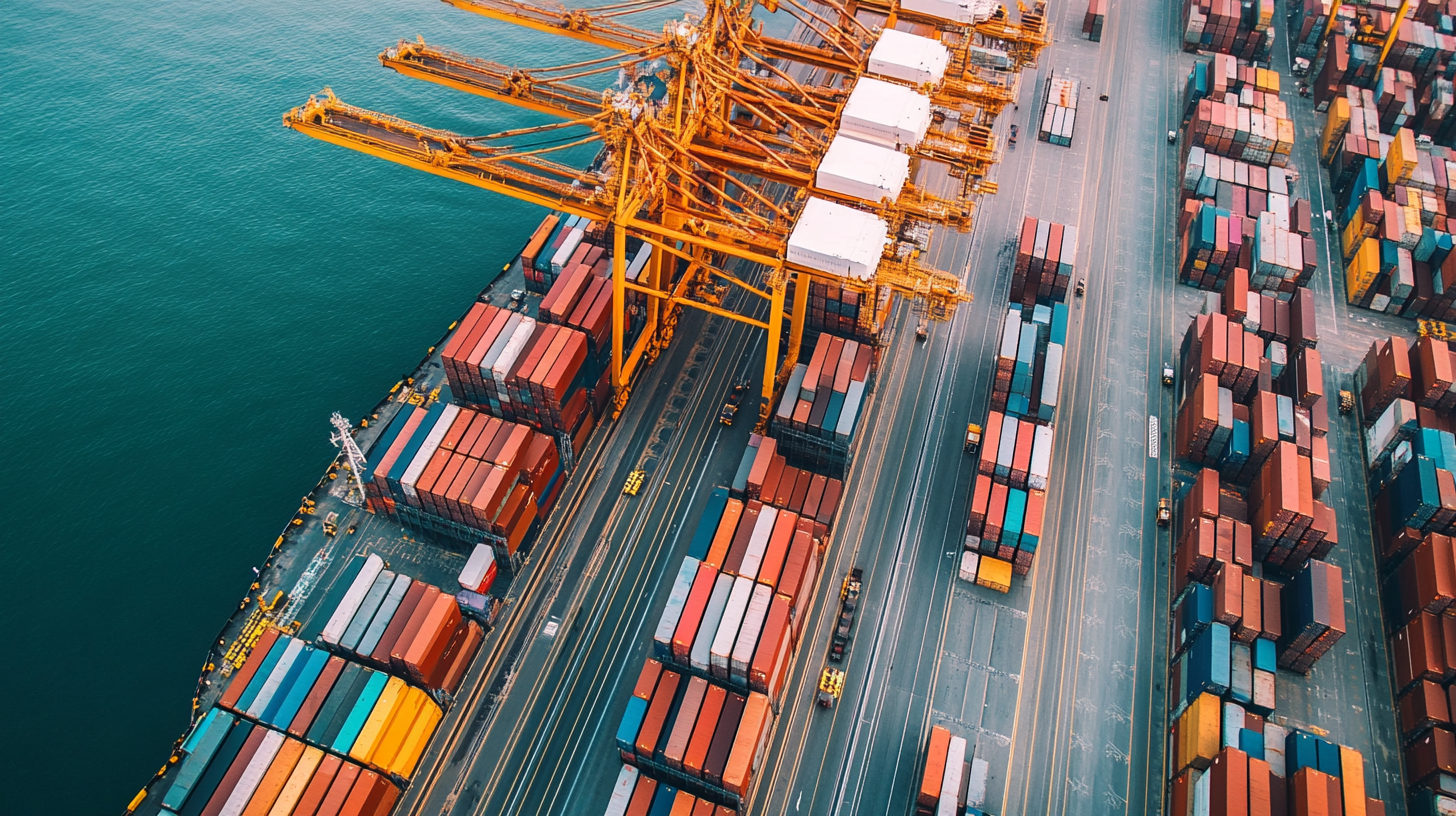
Evaluating Sustainability Practices in Industrial Packaging Solutions
Sustainability has become a critical focus in industrial packaging solutions, reflecting a larger trend toward environmental responsibility in manufacturing and logistics. According to a report by Research and Markets, the global green packaging market is projected to reach $450 billion by 2027, growing at a CAGR of 5.7%. This surge is driven by increasing environmental concerns and regulations prompting businesses to adopt more sustainable practices. Evaluating these practices is essential for companies looking to reduce their carbon footprint while maintaining efficiency.
One key aspect of sustainable industrial packaging is the material selection. Biodegradable materials, such as PLA (polylactic acid), and recycled content are gaining traction. The The Freedonia Group indicates that by 2025, recycled content in packaging could reach 50% of the total packaging materials used. This shift not only supports waste reduction but also aligns with the growing consumer preference for eco-friendly products. Companies sourcing packaging solutions must prioritize suppliers that emphasize innovative materials that adhere to sustainability standards.
Furthermore, companies are increasingly assessing the lifecycle of packaging solutions. According to a study by the World Packaging Organization, life cycle assessments (LCA) have become essential tools, allowing firms to quantify the environmental impact from raw material extraction to disposal. Implementing LCAs can lead to smarter sourcing decisions, minimizing environmental effects and optimizing resource use. As businesses across various sectors strive for greener operations, focusing on sustainable practices in industrial packaging will be paramount to creating an eco-conscious supply chain.

Key Factors for Choosing Reliable Packaging Suppliers Worldwide
When selecting reliable packaging suppliers worldwide, particularly in the rapidly evolving semiconductor industry, there are several key factors to consider. The global semiconductor packaging market, valued at an estimated USD 40.91 billion in 2023, is projected to witness a remarkable Compound Annual Growth Rate (CAGR) of 10.2% from 2024 to 2030. This growth underlines the urgency for companies to find efficient and adaptable packaging solutions that can meet the increasing demand.
A critical insight in sourcing industrial packaging solutions is the supplier's ability to innovate and adapt their products to changing market needs. With the semiconductor market expanding, the demand for specialized packaging like plastic carrier tapes is on the rise. Such materials are essential for safeguarding sensitive semiconductor components during production and transportation. Therefore, choosing suppliers who prioritize research and development in their packaging offerings can significantly enhance operational efficiency.
Additionally, evaluating the supplier’s track record in sustainability and compliance with international quality standards is vital. In an era where environmental concerns are paramount, partnering with suppliers who utilize eco-friendly materials and adhere to stringent regulatory guidelines can not only mitigate risks but also enhance a company's reputation in the marketplace. Understanding these key factors will ensure that businesses secure reliable partnerships capable of supporting their packaging needs now and in the future.

Assessing Cost-Effectiveness in Industrial Packaging Strategies
As the demand for industrial packaging solutions continues to evolve, assessing cost-effectiveness remains a pivotal aspect of sourcing strategies. The global shift towards sustainable practices has prompted businesses to reconsider their packaging choices by prioritizing materials that not only reduce environmental impact but also enhance economic viability. A recent market report projects the global sachet packaging market size to reach approximately USD 12,930 million by 2029, highlighting a significant trend towards versatile packaging options that align with modern efficiency standards.
In evaluating packaging strategies, it’s crucial to adopt a holistic approach that considers the entire life cycle of packaging materials. Companies are increasingly recognizing the importance of selecting sustainable materials that resonate with customer preferences while adhering to regulatory pressures aimed at minimizing waste. The integration of reusable packaging in circular supply chains can serve as a key performance metric, enabling firms to measure the economic benefits of resource recovery and waste elimination effectively.
Furthermore, the automotive sector faces challenges with legacy packaging systems, which often hinder the transition to automated logistics. By embracing standardization and strategic design practices, companies can enhance packaging efficiency and consequently reduce costs. This evolution is fundamental not only for operational streamline but also for meeting heightened consumer expectations for sustainability as the movement towards eco-friendly alternatives gains momentum across various industries.
The Role of Technology in Enhancing Packaging Efficiency and Safety
In the ever-evolving world of industrial packaging, technology plays a pivotal role in enhancing efficiency and safety. From automated packaging lines to advanced tracking systems, leveraging technology is essential for companies looking to streamline their operations. One of the major advancements in this sector is the use of robotics. Automated systems not only speed up the packaging process but also reduce human error, allowing businesses to maintain consistency and accuracy in their packaging solutions.
Additionally, technology enables real-time monitoring of packaging operations. IoT (Internet of Things) devices can provide valuable insights into the packaging process, helping companies identify bottlenecks and inefficiencies. This data-driven approach allows for informed decision-making, ultimately leading to optimized workflows. Companies can adjust their strategies based on real-time feedback, improving both product quality and delivery times.
Moreover, innovations in materials science are contributing to safer packaging solutions. Lightweight, durable materials can significantly reduce the risk of damage during transportation, while also minimizing waste. Combining these advanced materials with smart packaging technologies, such as QR codes and RFID tags, enhances traceability and provides consumers with vital information about a product’s journey. This transparency not only boosts customer trust but also ensures compliance with safety regulations. As we move forward, embracing technology in packaging will be crucial for achieving operational excellence and meeting the demands of a global market.


